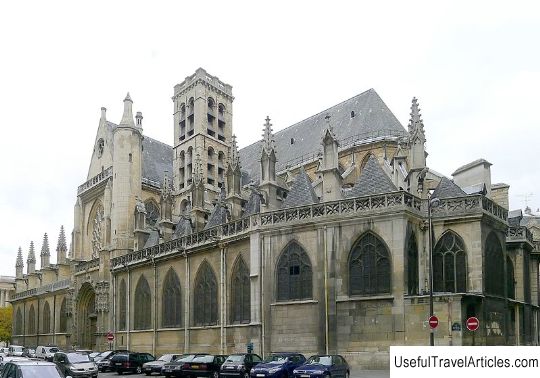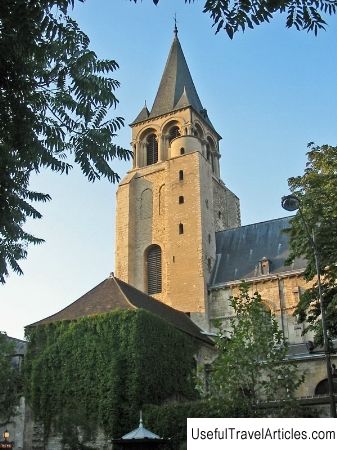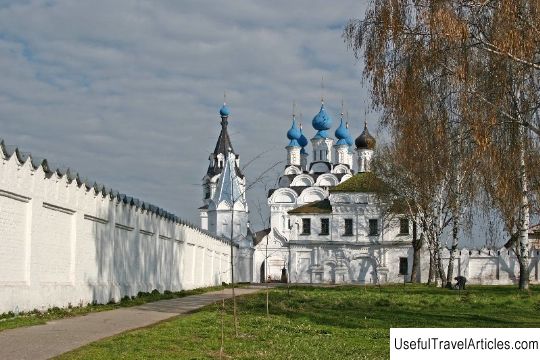Church Saint-Germain-l'Auxerrois (L'eglise Saint-Germain-l'Auxerrois) description and photos - France: Paris

Church of Saint-Germain-l'Auxerrois (L'eglise Saint-Germain-l'Auxerrois) description and photo - France: Paris. Detailed information about the attraction. Description, photographs and a map showing the nearest significant objects. The title in English is L'eglise Saint-Germain-l'Auxerrois. Photo and descriptionThe Church of Saint-Germain-l'Auxeroy is located in the very center of Paris, near the east wing of the Louvre. It was named after Saint Herman of Auxerre - bishop of the Gallo-Roman era, one of the most revered saints in France. The very first church that stood on this site was destroyed during the Great Siege of Paris by the Vikings in 885-886 ... However, the foundation remained - new construction began on it in the 11th century. In the XII century, the building underwent a major restructuring - it was from this time that the history of the present temple began. The western portal was erected in 1220-1230, the choir and the chapel of the Virgin Mary were built in the 14th century, the transept and another chapel in the 16th. Around 1580, the centuries-old reconstruction of the building was completed. The stone statues at the gates and the gates themselves were restored already in the 19th century. That is why the church is an impressive mix of styles: the base of the bell tower is Romanesque, the choir and the central portal are early Gothic, the western portal and the central nave are in the style flaming gothic, side portal - renaissance. It is considered one of the most beautiful buildings in Paris. Inside you can see the pulpit and pews of the mid-17th century, as well as magnificent stained-glass windows of the 16th century. The church was a parish for the Valois dynasty at that time. the times when the Louvre was still a royal palace. A very unusual mission was also entrusted to it: most of the artists and sculptors who decorated the Louvre in their time are buried here. There is a tragic date in the history of the church: On August 24, 1572, it was from the bell tower of Saint-Germain-l'Auxeroy that the ringing of bells gave the signal for the extermination of the Huguenots invited to the marriage of Henry of Navarre to Marguerite de Valois. The bell ringing became a sign of the beginning of St. Bartholomew's Night, during which up to 30 thousand people died. During the revolution, the church was plundered, the building was used as a food warehouse and a police station. In 1802 the temple was restored, but in 1831, during the riots, it was again desecrated. In 1837 the church was reopened, this time finally. p> During the revolution, the church was plundered, the building was used as a food warehouse and a police station. In 1802 the temple was restored, but in 1831, during the riots, it was again desecrated. In 1837 the church was reopened, this time finally. p> During the revolution, the church was plundered, the building was used as a food warehouse and a police station. In 1802 the temple was restored, but in 1831, during the riots, it was again desecrated. In 1837 the church was reopened, this time finally.     We also recommend reading Private garden. description and photo - Russia - St. Petersburg: Pushkin (Tsarskoe Selo) Topic: Church Saint-Germain-l'Auxerrois (L'eglise Saint-Germain-l'Auxerrois) description and photos - France: Paris. |




